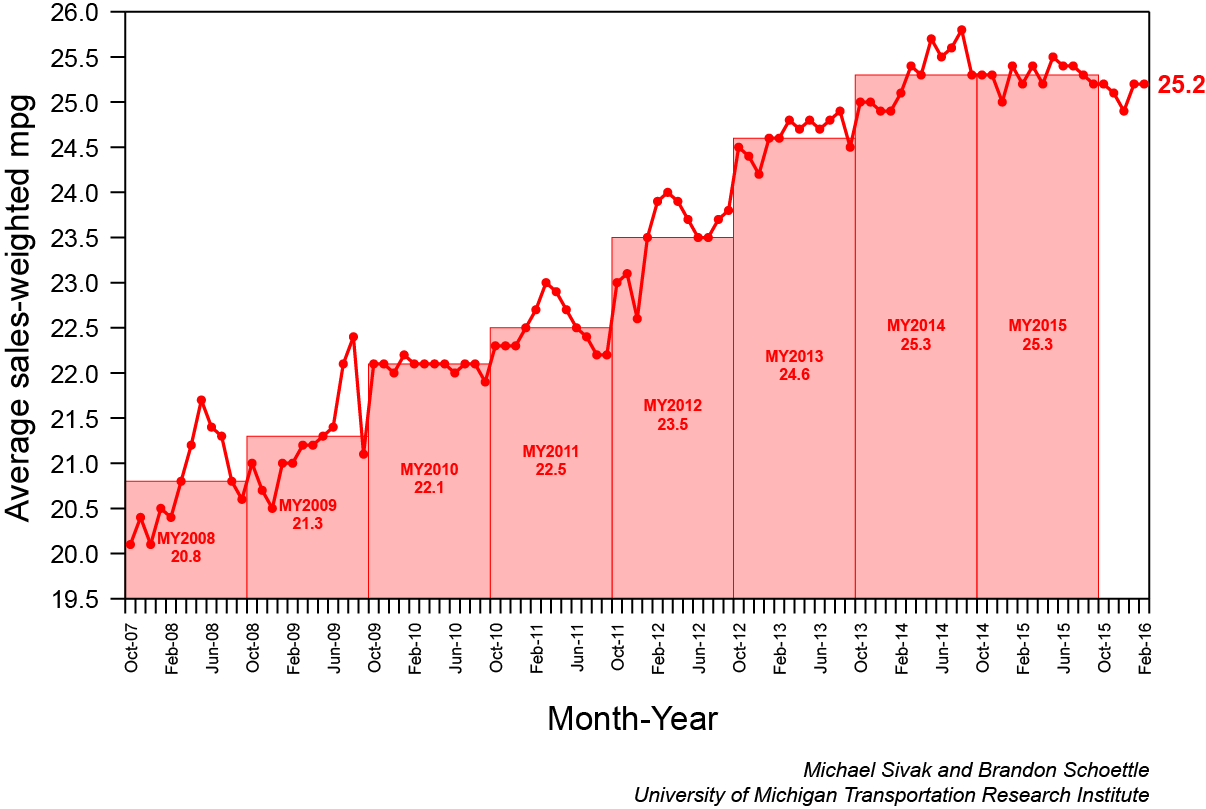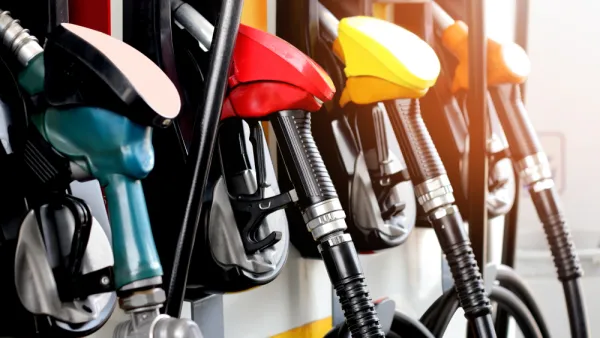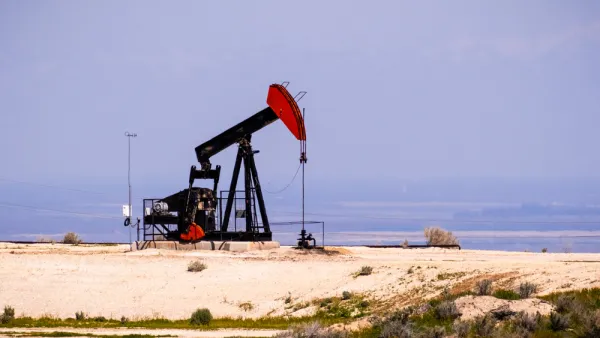Gas prices are on the rise, though they will remain well below 2014 levels through this year. U.S. oil production dropped by 600,000 barrels from last year, while gas consumption is on track to break the 2007 record thanks to cheap gas and more SUVs.
"On Thursday (March 24), the national average for a gallon of regular gasoline rose above $2 a gallon for the first time since Dec. 31...," writes Clifford Krauss, energy correspondent for The New York Times on March 25. "The principal reason for the rise in gasoline prices is the roughly 50 percent spike in the American oil benchmark from $26 a barrel on Feb. 11 to just over $40 a barrel...."
Krauss lists other reasons for the recent increase as well, including:
- Refinery problems in Southern California resulting in "Californians paying an average of $2.73 a gallon for regular gas, according to AAA, 72 cents higher than the national average and 42 cents more than they were paying a month ago."
- "[C]hanges in seasonal driving habits, including spring break road trips. At the same time, many refineries are retooling to produce summer blends, which leads to a temporary decline in local fuel production."
More importantly, the price decrease, which began in July, 2014, and accelerated after OPEC chose not to decrease production that November, has resulted in fundamental economic changes. As one would expect, oil production is down and fuel consumption is up, particularly in the United States, where the economy is relatively sound.
Government weekly estimates of domestic gasoline demand so far this year suggest a 4 percent increase over the same period last year, leading some to project that the country should easily surpass its 2007* record for gasoline consumption.
The gas increase stems in part from changes in the U.S. fleet composition as consumers are buying more SUVs and fewer fuel efficient vehicles. "Fuel economy is down 0.6 mpg from the peak reached in August 2014, but still up 5.1 mpg since October 2007," writes Dr. Michael Sivak, transportation researcher for University of Michigan Transportation Research Institute (UMTRI), in an email on March 3. UMTRI conducts monthly monitoring of vehicle fuel economy and emissions.
(click on the graph to view full size)
The automotive industry may use that shift in buyer preferences to relax President Obama's mileage goal of 54.5 MPG by 2025, writes Times correspondent Bill Vlasic on March 22.
Turning to the supply side of the law of supply and demand, OPEC's strategy of retaining market share by not lowering prices to stabilize the market, as they usually have done, is working.
"The oil and gas industry continues to suffer through its worst downturn in more than a generation," writes Krauss.
At $40 a barrel, most oil companies can avert bankruptcy, but few wells can be profitably drilled, and financial turmoil still grips the industry.
That has caused a sharp drop in American production, by about 600,000 barrels a day from a year ago.
More on the slump in U.S. oil production, particularly on the mounting debt of smaller producers, can be read in this Washington Post Wonkblog piece by Chico Harlan
On an international scale, "[t]here is also the possibility that Saudi Arabia, Russia and a handful of other producers will freeze their output in the coming weeks," adds Krauss.
Several of the largest international producers will gather in Doha [Qatar] next month to discuss curtailing or at least restraining output. Nevertheless most experts expect that the current, stubborn worldwide glut in oil and petroleum products should keep crude prices well below their average levels of the last decade until at least the end of the year.
As for the injection of Iranian oil into the world market due to the lifting of nuclear sanctions, "that modest addition has been more than offset by terrorist attacks on pipelines in the Middle East and unplanned production outages in several countries," notes Krauss.
FULL STORY: Gas Prices Will Be Low for Easter, but Don’t Get Used to It

Analysis: Cybertruck Fatality Rate Far Exceeds That of Ford Pinto
The Tesla Cybertruck was recalled seven times last year.

National Parks Layoffs Will Cause Communities to Lose Billions
Thousands of essential park workers were laid off this week, just before the busy spring break season.

Retro-silient?: America’s First “Eco-burb,” The Woodlands Turns 50
A master-planned community north of Houston offers lessons on green infrastructure and resilient design, but falls short of its founder’s lofty affordability and walkability goals.

Test News Post 1
This is a summary

Analysis: Cybertruck Fatality Rate Far Exceeds That of Ford Pinto
The Tesla Cybertruck was recalled seven times last year.

Test News Headline 46
Test for the image on the front page.
Urban Design for Planners 1: Software Tools
This six-course series explores essential urban design concepts using open source software and equips planners with the tools they need to participate fully in the urban design process.
Planning for Universal Design
Learn the tools for implementing Universal Design in planning regulations.
EMC Planning Group, Inc.
Planetizen
Planetizen
Mpact (formerly Rail~Volution)
Great Falls Development Authority, Inc.
HUDs Office of Policy Development and Research
NYU Wagner Graduate School of Public Service





























